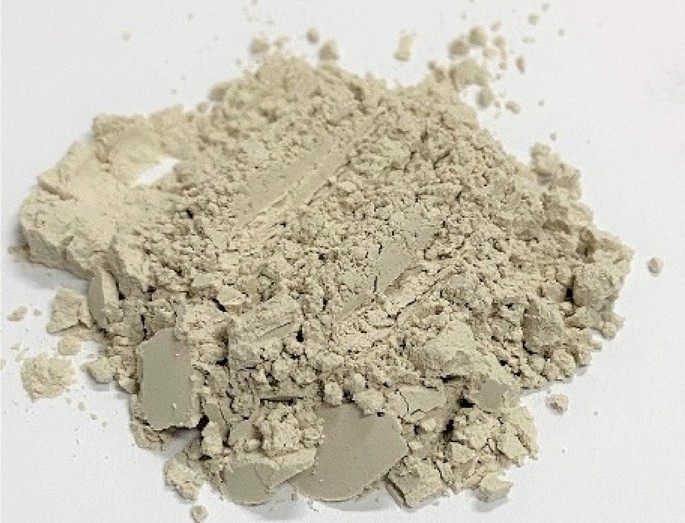6 types of modification technologies and characteristics of attapulgite

Attapulgite is a nano-layered chain-like hydrous magnesium-rich silicate clay mineral with abundant reserves. It is gradually used in the field of environmental governance due to its strong adsorption, safety and environmental protection. The research and development of new modified attapulgite And promotion has also received more and more attention.
1. Thermal modification
Attapulgite removes coordination water, zeolite water, crystal water and structural water in the crystal structure under heating conditions, thereby increasing the specific surface area and pore size of attapulgite. The study found that at around 110°C, the attapulgite mainly removes the adsorbed water and zeolite water on the outer surface; between 250 and 650°C, as the temperature increases, the crystal water is gradually and completely removed; when the temperature is greater than 800°C, the The attapulgite changed from a rod-like morphology to a spherical aggregate, the pore volume and specific surface area decreased, and the adsorption capacity weakened. Therefore, the heat treatment of attapulgite is generally selected at 500-800 °C.
2. Acid-base salt modification
Acid modification is to use hydrochloric acid, nitric acid or sulfuric acid to remove carbonate-like associated minerals such as quartz, montmorillonite and kaolinite in attapulgite clay, so as to dredge the pores and increase the number of active sites. Alkali treatment and salting modification are both metal ions in the modifier and cations such as Fe3+, Mg2+, Na+ between the attapulgite layers to exchange ions, making the surface structure charge unbalanced to enhance the adsorption activity. The effect of acid-base salt modification is affected by the concentration, and the waste liquid after modification may cause secondary pollution.
3. Microwave treatment and ultrasonic treatment
Microwave treatment is to use microwave heating to make the internal structure loose and porous to increase the specific surface area. Its principle is similar to roasting treatment, but the microwave method heats evenly and can greatly shorten the heating time. It is expected to replace traditional heat treatment as a green processing technology. Ultrasonic treatment is the use of ultrasonic cavitation to generate high temperature, high pressure or strong shock waves to peel off clay particles and disperse attapulgite aggregates to improve the dispersion of attapulgite.
4. Surfactant modification
Surfactant modification is to embed or coat surfactants on attapulgite under acidic and alkaline conditions, so as to enhance the adsorption capacity of attapulgite for specific substances. Because the surface of attapulgite is often negatively charged, cationic surfactants are generally used, and the most commonly used ones are alkyl trimethyl quaternary ammonium salts and amine salts.
5. Coupling agent modification and graft modification
The coupling agent is a kind of amphoteric substance containing both hydrophilic groups and hydrophobic groups, which can improve the compatibility of attapulgite and organic matter through the reaction of hydrophilic groups with hydroxyl groups on the surface of attapulgite. Surface grafting modification utilizes the copolymerization reaction of organic molecules and attapulgite to graft organic matter onto the surface of attapulgite to enhance the adsorption capacity of organic pollutants. In practical applications, the attapulgite is often treated with a coupling agent first, and then grafted.
6. Hydrothermal carbonization
In recent years, hydrothermal carbonization technology is also a relatively popular modified organic method. Its principle is similar to graft modification, mainly using glucose, fructose, cellulose and chloroacetic acid as carbon sources, and the hydroxyl , carboxyl group, ether bond, aldehyde group and other organic functional groups grafted onto attapulgite to improve its adsorption performance.
